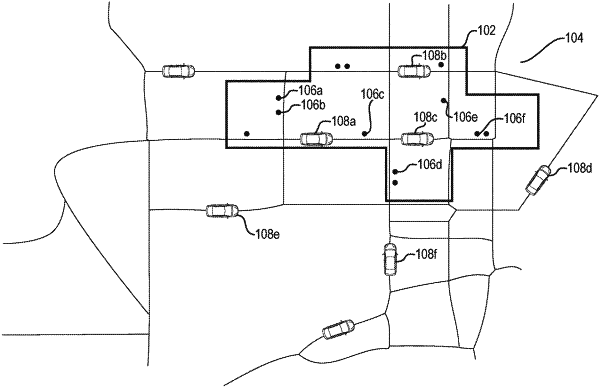| CPC G08G 1/202 (2013.01) [G01C 21/3438 (2013.01); G06Q 50/30 (2013.01); G08G 1/123 (2013.01); G08G 1/205 (2013.01); H04W 4/30 (2018.02)] | 20 Claims |

|
1. A computer-implemented method comprising:
determining, by a transportation matching system, predicted gaps between predicted requestor times and predicted provider times during future time periods;
generating, by the transportation matching system from the predicted gaps during the future time periods utilizing a predictive request model, provider incentive metrics corresponding to the future time periods, wherein the provider incentive metrics indicate triggering incentives to increase provider device activity to cover the predicted gaps and wherein the predictive request model is trained from training data to generate provider incentive metrics from training gap metrics; and
providing, for display via a provider device, a digital schedule comprising:
a first time element and a first provider incentive metric corresponding to the first time element from the provider incentive metrics, and
a second time element and a second provider incentive metric corresponding to the second time element from the provider incentive metrics.
|